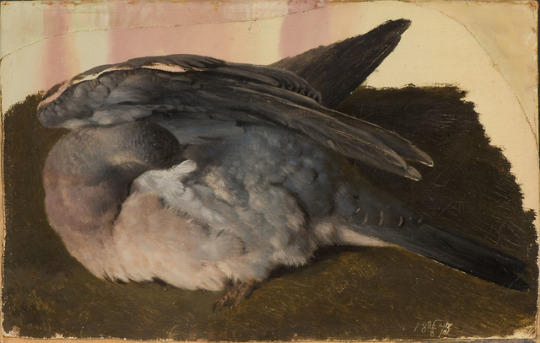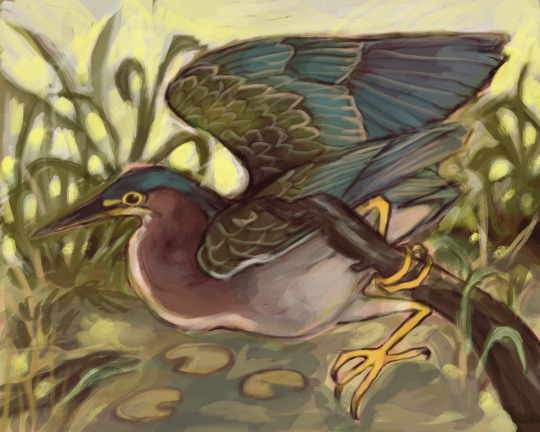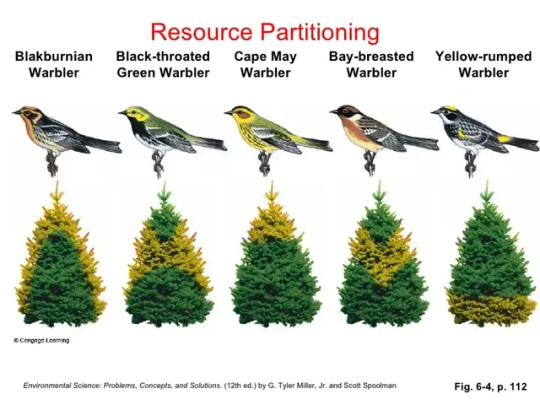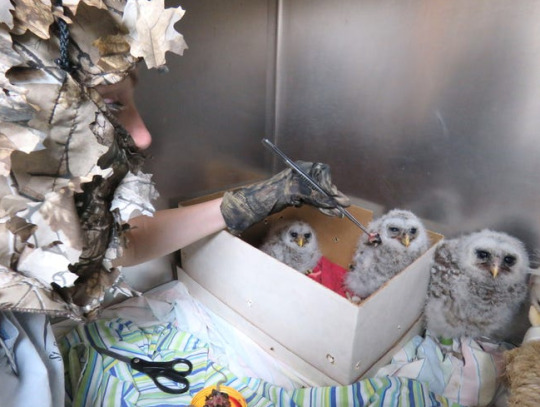Don't wanna be here? Send us removal request.
Text

[https://www.inaturalist.org/observations/172520786] Malachite Sunbird || Nectarinia famosa Observed in Tanzania Least Concern in location of observation
18 notes
·
View notes
Photo

FERDINAND VON WRIGHT Study of a Sleeping Wood Pigeon [1873]
9K notes
·
View notes
Text

Sea spider (Nymhon sp.) By: R. H. Noailles From: The Science of Zoology 1966
114 notes
·
View notes
Text

[https://www.inaturalist.org/observations/176480732] Barn Owl || Tyto alba Observed in Colombia Least Concern in location of observation
64 notes
·
View notes
Text



[https://www.inaturalist.org/observations/150036339] Steller's Sea-Eagle || Haliaeetus pelagicus Observed in Japan Vulnerable in location of observation
144 notes
·
View notes
Text

green heron surveying the marsh. i'll never get tired of painting herons or wetlands
1K notes
·
View notes
Text


[https://www.inaturalist.org/observations/10484302] Western Fence Lizard || Sceloporus occidentalis Observed in United States Least Concern in location of observation
50 notes
·
View notes
Text


[https://www.inaturalist.org/observations/176946768] Hammerhead Worm || Bipalium choristosperma Observed in Malaysia
49 notes
·
View notes
Text


Foraging on the wing: How can ecologically similar birds live together?
New study uses modern molecular and evolutionary techniques to reassess a foundational, 67-year-old study in warblers.
Much of MacArthur's original work is vindicated! (or reiterated).
A new study used modern methods to reassess a foundational study in biology that explained how ecologically similar species of wood warblers coexist. The research team examined foraging behavior, physical characteristics, diet and evolutionary history of 13 warbler species and found that how these songbirds coexist is more nuanced than originally proposed. A spat between birds at your backyard birdfeeder highlights the sometimes fierce competition for resources that animals face in the natural world, but some ecologically similar species appear to coexist peacefully. A classic study in songbirds by Robert MacArthur, one of the founders of modern ecology, suggested that similar wood warblers -- insect-eating, colorful forest songbirds -- can live in the same trees because they actually occupy slightly different locations in the tree and presumably eat different insects. Now, a new study is using modern techniques to revisit MacArthur's observations, which are still used as an example in today's biology textbooks...
Read more: Foraging on the wing: How can ecologically similar birds live together? | ScienceDaily
Associated work: 294-2015-wheeler-bik-warblers
Read an older paper here:
(PDF) Re-assessing niche partitioning in MacArthur's Warblers: foraging behavior, morphology, and diet metabarcoding in a phylogenetic context
3K notes
·
View notes
Text




[https://www.inaturalist.org/observations/53732866] Great Gray Owl || Strix nebulosa Observed in Russia Least Concern in location of observation
GGOW chicks are basically animated dustbunnies
27 notes
·
View notes
Text

[https://www.inaturalist.org/observations/23815090] Berylline Hummingbird || Saucerottia beryllina Observed in Mexico Least Concern in location of observation
#hummingbird#birds#nature#wildlife#photography#air beast#who cooks for queue? who cooks for queue all?
7 notes
·
View notes
Text

baby purples martins have paused their slopping to
: |
9K notes
·
View notes
Text


[https://www.inaturalist.org/observations/161742140] Western Fence Lizard || Sceloporus occidentalis Observed in United States Least Concern in location of observation
15 notes
·
View notes
Text
i love when i correctly identify a bird it feels like this

7K notes
·
View notes
Text

baby barred owls slop suspiciously near weird bush
3K notes
·
View notes

